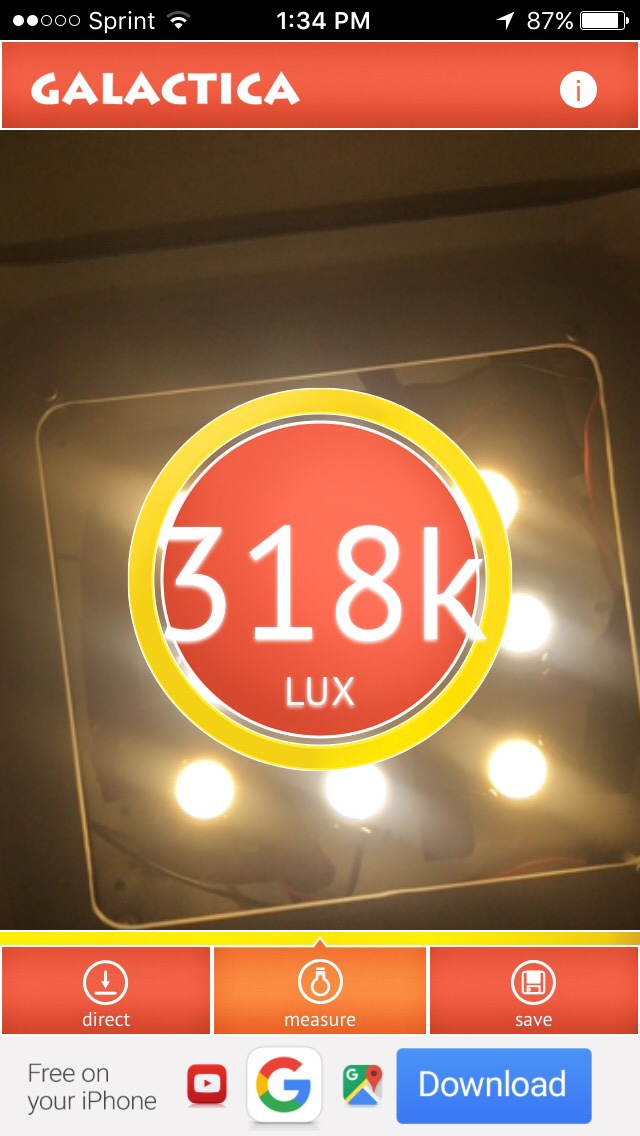Stephenj37826
Well-Known Member
Would not be surprised
The only thing I really don't like about this industry. Man I come from a different world. Not sure I'll ever adapt to the lower standard people stoop to these days. I really hate the new internet generation. I guess you've adapted and accepted the culture that a man's word has no meaning. I don't appreciate being called a liar and I wouldn't be surprised if you where some 20 something know it all that is still shittin yellow. In the mean time I'll just bow out and post proof as in pics when the 10x20 gorrilas are all set up.



